Co-Innovating Tidal Turbine for Sustainable Ocean Energy with Computational Fluid Dynamics (CFD)
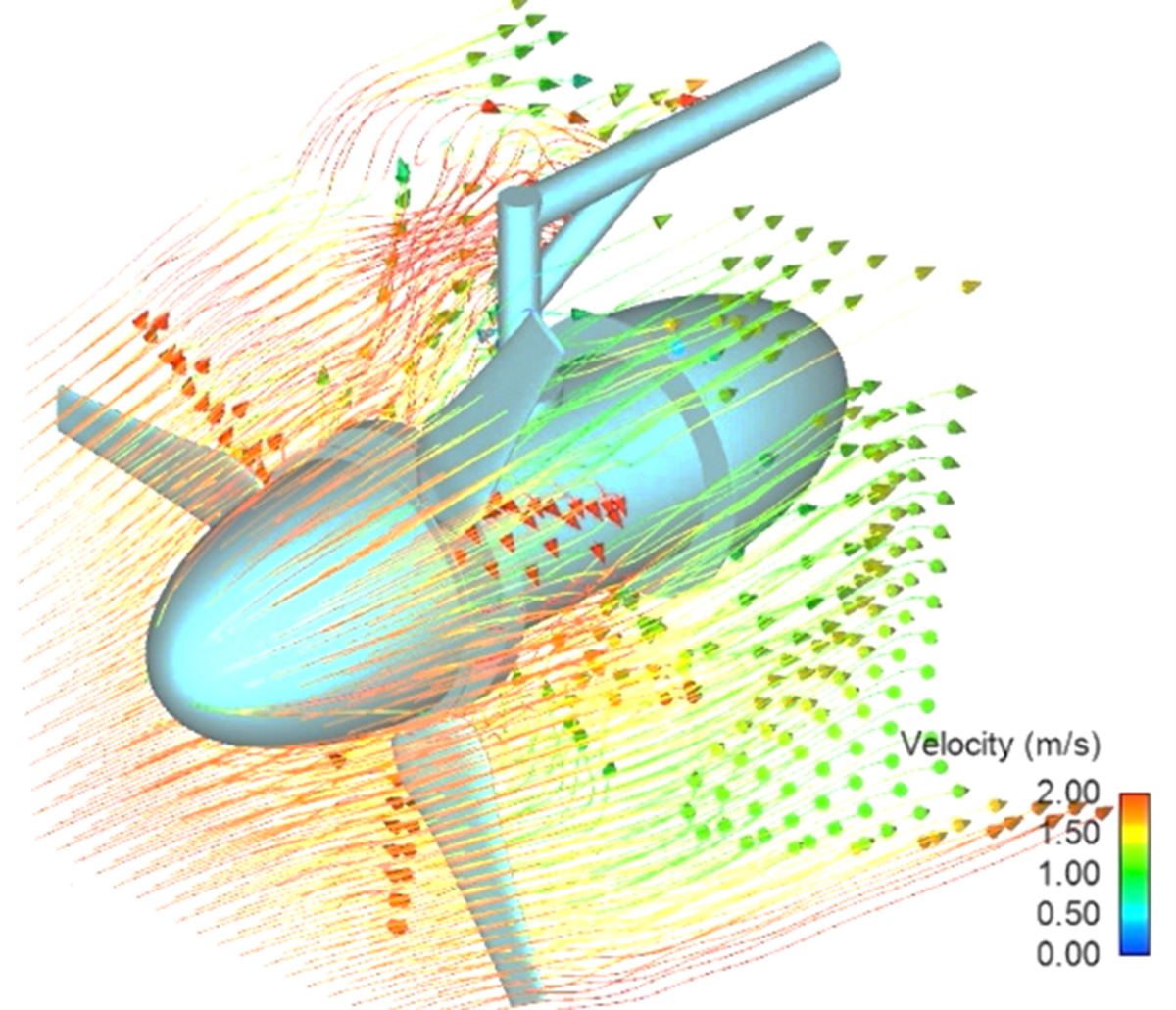
Diagram showing ocean flow across the bi-directional tidal turbine
Modelling and simulation have progressed to become the third pillar of science1 and computational fluid dynamics (CFD) is one such application that is used to develop renewable energy products.
The ocean has the highest energy density of renewable energy sources, compared to others like wind, solar, biomass and geothermal. Existing ocean energy technologies are limited, costly and time consuming.
A*STAR Institute of High Performance Computing (A*STAR IHPC), in collaboration with Bluenergy Solutions Pte Ltd, designed a tidal turbine using CFD simulations to convert tidal energy into electricity using the difference in the vertical height between the incoming high tides and the outgoing low tides.
1 Source: Mathematics and Computation: The Third Pillar of Science
High Performance Precision Agriculture (HiPPA) Robotics System

Overview of the High Performance Precision Agriculture (HiPPA) project
The shortage of skilled agricultural workers in Singapore1 makes it difficult to scale the indoor vertical farming industry to profitable and sustainable levels.
To alleviate such manpower challenges, indoor farms are exploring the use of robotics to automate operations, which increases precision and consistency in production while reducing contamination risks from human workers. This supports Singapore’s 30-by-30 target, which aims to meet 30% of our nutritional needs through locally produced food by 20302.
A*STAR, in collaboration with Temasek Life Sciences Laboratory (TLL) and National University of Singapore (NUS), has embarked on the development of a High Performance Precision Agriculture (HiPPA) project, which offers a comprehensive solution for maximum value-to-cost ratio for high-tech indoor farming. It integrates robotics, non-invasive sensors and artificial intelligence to optimise environmental parameters and molecular breeding, creating a comprehensive plants-to-agronomics screening platform to maximise crop production.
As part of the HiPPA project, A*STAR Institute for Infocomm Research (A*STAR I²R) designed and developed:
Mobile phytochemical profiling robot
The robot is equipped with an autonomous navigation system which incorporates I2R’s vision-based place recognition technique and collision avoidance algorithms, and a spectrometer system from A*STAR’s Institute of Bioengineering and Bioimaging (IBB). This enables the robot to navigate the farm autonomously and reach into the racks to position sensors near vegetables for consistent, timely and precise phytochemical profiling.
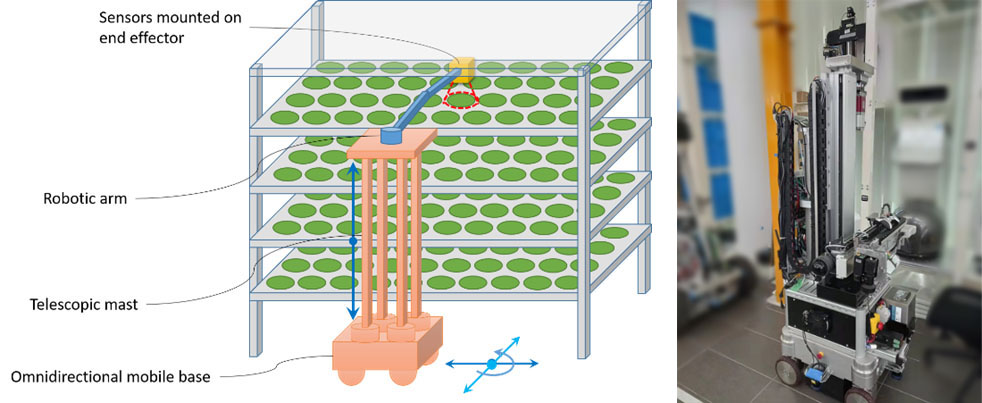
Mobile manipulator robot for phytochemical profiling of leafy greensAI-optimised end effector for dexterous manipulation of vegetables
Due to the fragile nature of leafy vegetables and compact environment of the indoor farming shelves, specialised robotic manipulation techniques are required for robots to plant or harvest vegetables with minimal damage. A*STAR I²R has designed an end effector solution, mounted at the end of the robot arm, to handle the vegetables gently. It uses machine learning techniques to recognise browning and other damage from RGB and potentially hyperspectral images to assess damages in the handled vegetables.
1 Source: Businesstimes.com.sg - Singapore's agri-tech sector will add 4700 jobs by 2030
2 Source: Greenplan.gov.sg - Key focus areas


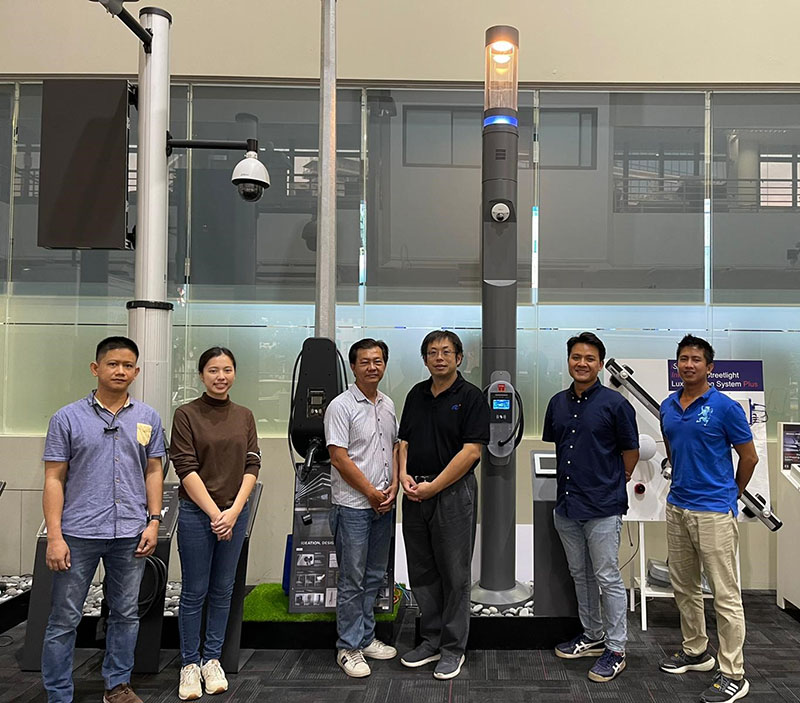
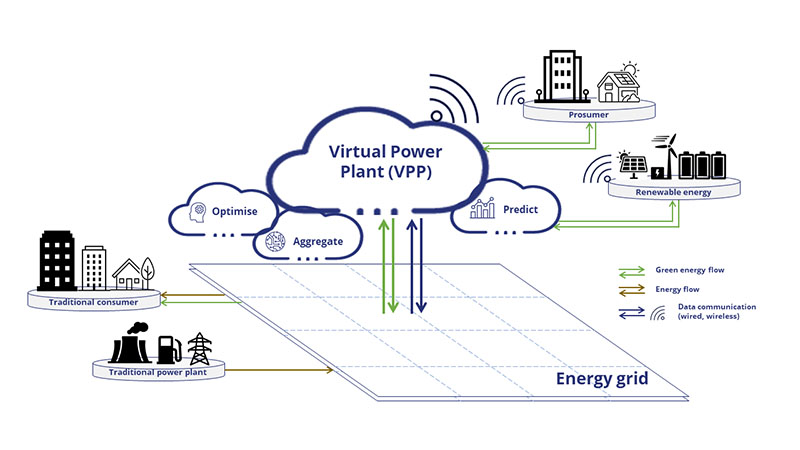
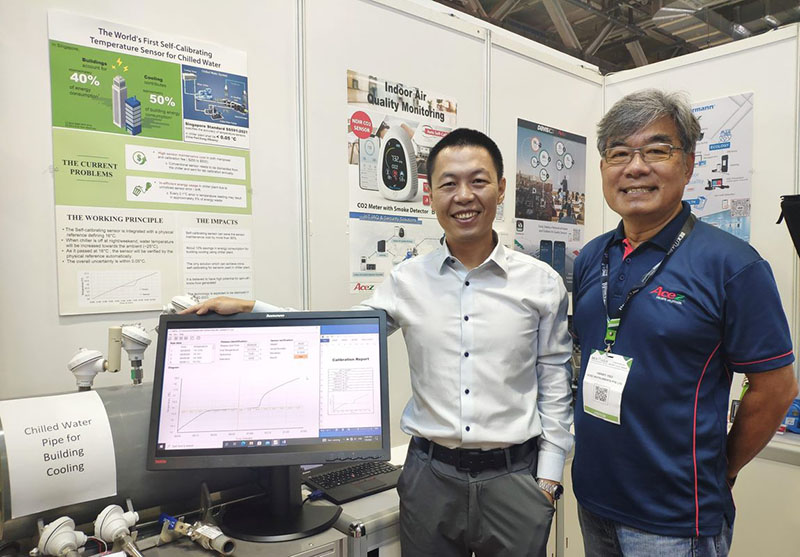
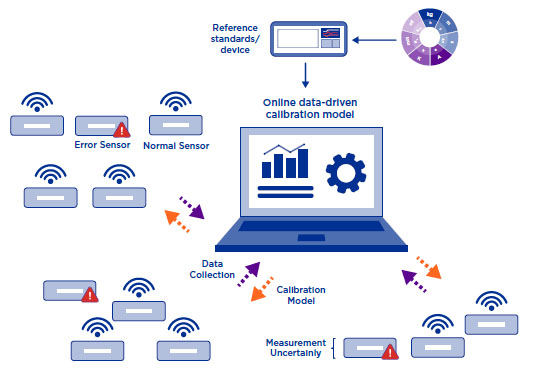
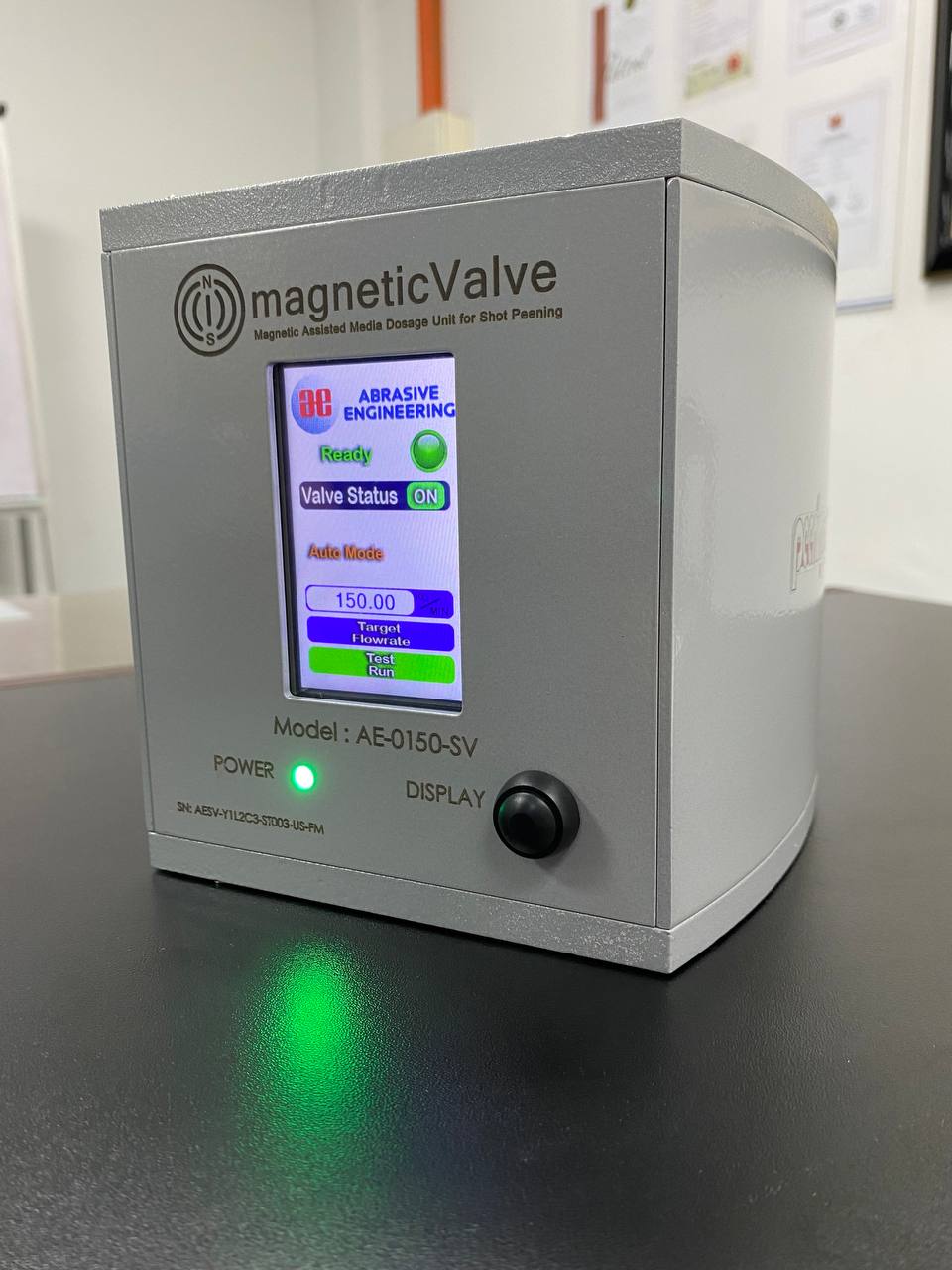 Image of the magnetic dosage prototype
Image of the magnetic dosage prototype
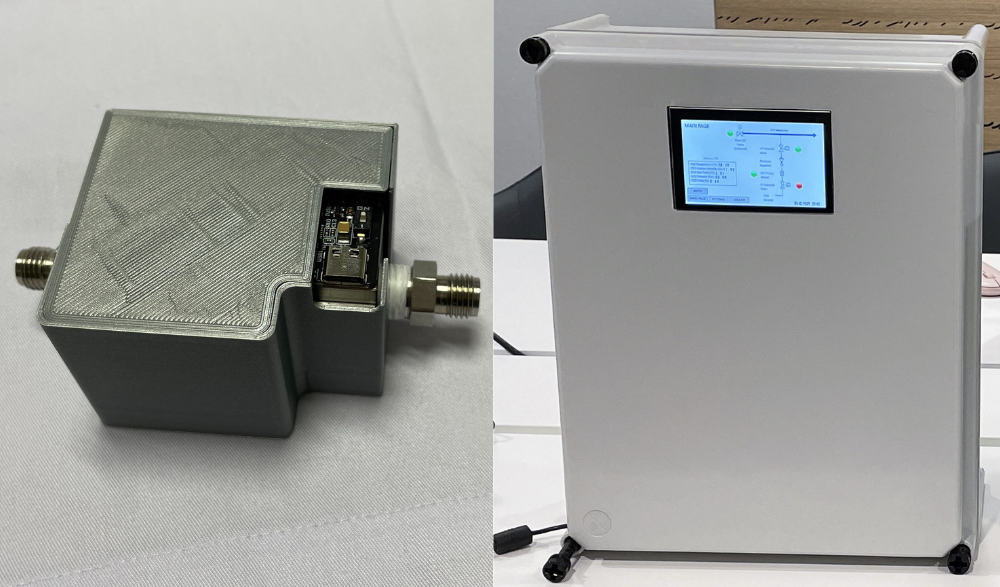 High purity CO2 sensor (left) and the CO2 Purity Measuring and Monitoring Module (right) which provide accurate and fast monitoring and analysis of CO2 readings.
High purity CO2 sensor (left) and the CO2 Purity Measuring and Monitoring Module (right) which provide accurate and fast monitoring and analysis of CO2 readings.
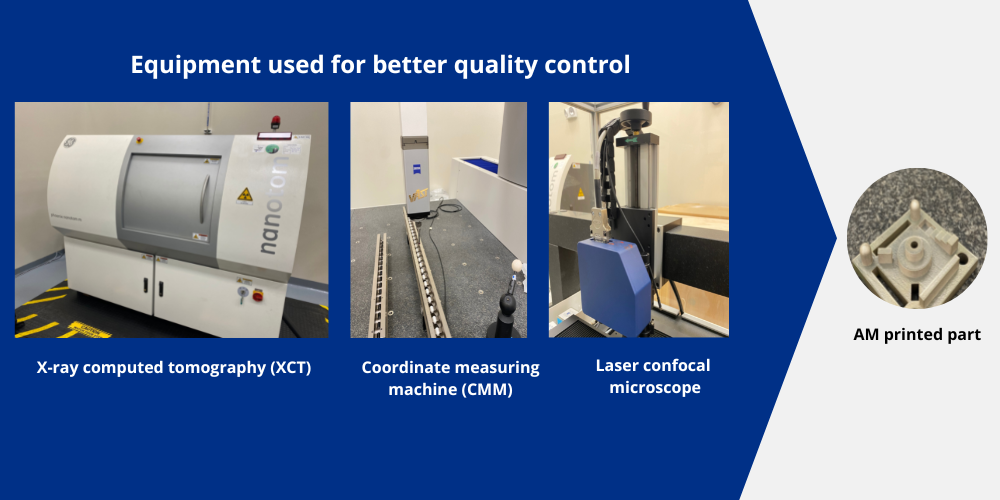 Measurement equipment utilised for developing measurement procedure and strategy for better quality control of AM parts’ dimension.
Measurement equipment utilised for developing measurement procedure and strategy for better quality control of AM parts’ dimension.
